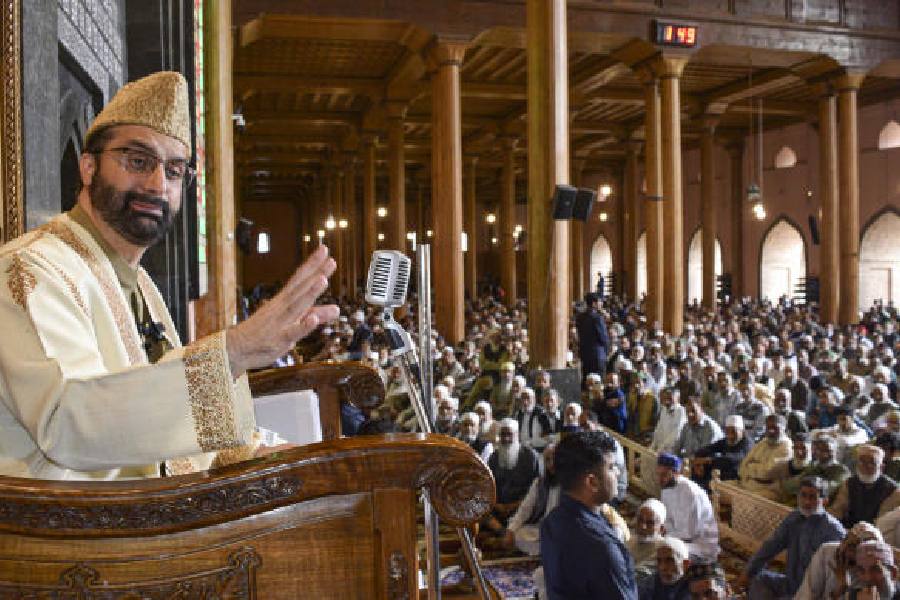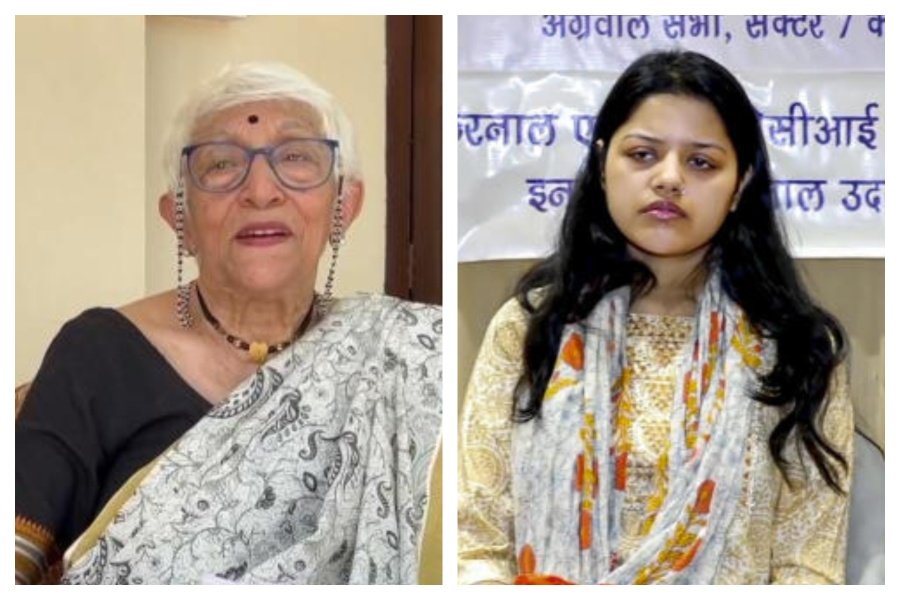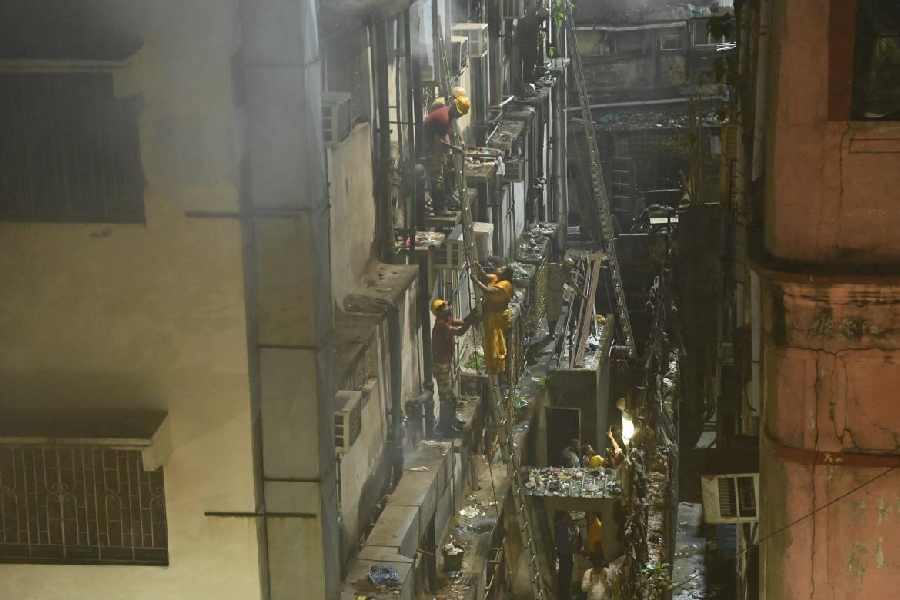 |
| LIFE AND TIMES: Sanjay Kak and (below) Rahul Pandita at a Maoist camp |
 |
Basharat Peer wasn’t quite worried where his volume would be placed in bookshops and libraries when he wrote Curfewed Night in 2008. The docketing didn’t matter — all that he was concerned about was telling the story of life in conflict-hit Kashmir. His book, however, didn’t just gain widespread international acclaim but paved the way for many more books on conflict zones — giving shape to a genre that seems all set to take off in India.
“The success of this young writer encouraged others to write more about Kashmir,” says Priya Kapoor, editorial director, Roli Books.
Indeed, never before have so many books on conflict zones been written as in the past few months. Bookstores are flooded with books ranging from subjects such as Maoism and stone pelting in Kashmir to trouble in the Northeast and even the tale of Delhi during Independence and Partition. As Nandita Aggarwal, publishing director, Adult & Business Books, Hachette India, points out, with increasing conflict in the world, there’s been a spurt in conflict writing.
So when documentary filmmaker Sanjay Kak decided to compile a book on Kashmir’s summer of discontent in 2010, he thought of bringing together writing that lay scattered all over. “The intensity of the protests had been accompanied by an extraordinary outpouring of writing about the events — most of it by Kashmiris themselves,” says Kak. His book Until My Freedom Has Come: The New Intifada in Kashmir — a collection of writings by journos, academics and artists — was launched last month.
Writing, clearly, is reflective of the times we live in. “It’s not a conscious decision — it’s art imitating life,” argues Aggarwal.
Though publishing houses do not maintain any category called conflict writing, titles under the non-fiction segment predominantly show a tilt towards this subject. “There’s much curiosity regarding India’s conflict zones. We hear about them on TV every day but books have the capacity to speak of the issues at length, present various facets, and trace the development of the story, with intensity and acuteness,” says Gautam Padmanabhan, CEO, Westland Publications Ltd.
 |
A look at the current and upcoming titles underlines the trend. Last month, Penguin India launched Arundhati Roy’s Walking with the Comrades in a packed Delhi auditorium. Some of the forthcoming titles include Westland’s eagerly awaited Hello, Bastar by journalist Rahul Pandita, Hachette’s The Story of Raju Hajam by Taj Hassan (a work of fiction, but with a Maoist background), and Penguin’s My Kashmir: The Dying of the Light by Wajahat Habibullah.
“If you don’t write about conflict, what’s the idea of writing non-fiction,” asks journalist Basharat Peer, whose book was published by Random House India.
Though there are no official figures, publishers say books on and from Kashmir have always outnumbered titles from other conflict areas. “A possible reason is that Kashmir has dominated the national discourse because of wars, relations with Pakistan and other factors,” explains Ranjana Sengupta, editorial director, Penguin Books India.
Further, Kashmir straddles a wide gamut of subjects. “It is a land that is still grappling with multiple questions, and each book can address this in very specific ways,” points out Padmanabhan. For instance Habibullah’s book looks at Kashmir from the viewpoint of a young official trying to convey ground realities to a distant administration while Howard Schaffer’s The Limits of Influence, another Penguin publication, focuses on diplomacy and negotiations.
But in recent times, writers have also been looking at other conflict areas. “India has been facing both Islamic insurgency and ethnic insurgency,” says Rahul Pandita.
So it’s become a fertile ground for such books, adds Pandita, whose book details how a few men and women entered Bastar in central India (now Chhattisgarh) in 1980 and created a powerful movement that’s seen as the biggest internal security threat to the nation today.
Not surprisingly, publishing houses are scrambling to get their hands on accounts of Maoists and other such subjects. Last year Penguin India brought out Jangalnama: Travels in a Maoist Guerilla Zone by Satnam, which was first published in Punjabi a few years ago.
“Earlier Kashmir was the sexy insurgency but today it is Maoism,” says Pandita. His book is based on extensive ground reportage and exhaustive interviews with Maoist leaders. “There is a huge market worldwide keen to read about Maoists,” he holds.
Then there is the Northeast which is slowly finding recognition in the publishing world. “The region in general has been ignored when compared to Kashmir — in terms of aid, benefits, media attention or our understanding,” admits Kapoor of Roli Books. “It is only now that some voices are being heard. But we will soon have a body of literature from the region,” she adds. Sanjoy Hazarika’s Writing on the Wall: Reflections on the North-East and Strangers of the Mist: Tales of War and Peace are two tomes on the anvil. Jonathan Glancey’s Nagaland: A Journey to India’s Forgotten Frontier published by Penguin was launched recently.
And it’s not just present-day turmoil that sells. Penguin India recently re-launched In Freedom’s Shade by Begum Anis Kidwai, first published decades ago but newly translated by Ayesha Kidwai. The book looks at how violence tore Delhi apart in 1947.
There are no sales figures available to show the growth trajectory as these books fall under the larger non-fiction category, which, publishers say, accounts for 65 per cent of the Rs 1,200-crore Indian book industry. But conflict writing clearly has a market. “Paradoxically, conflict gives rise to great writing,” says Sengupta. “For people caught up in intolerable situations, exploring their anguish in words seems to help — at least to make it more bearable if not contain it.”
“Readers too relate to these books because they often deal with the common man. That ordinary lives can be hijacked by forces beyond their control can be a fascinating subject. Those in the conflict zones, after all, are men and women like any other,” sums up Sengupta.










